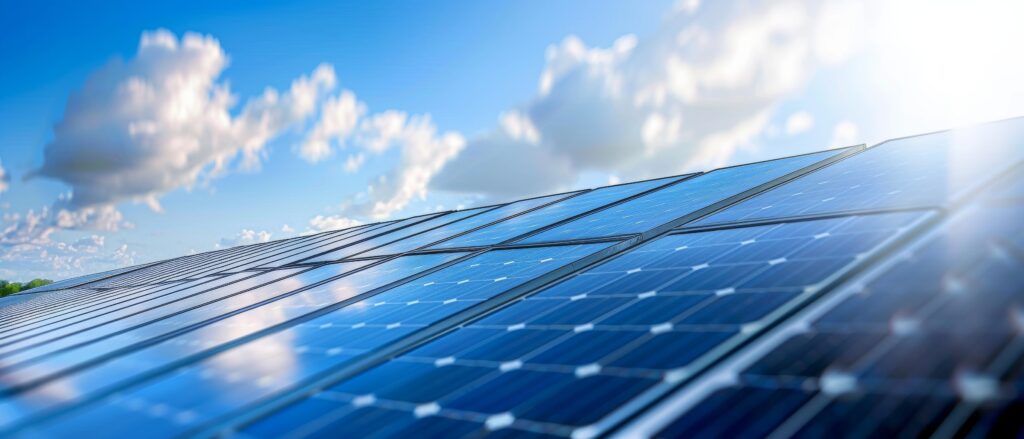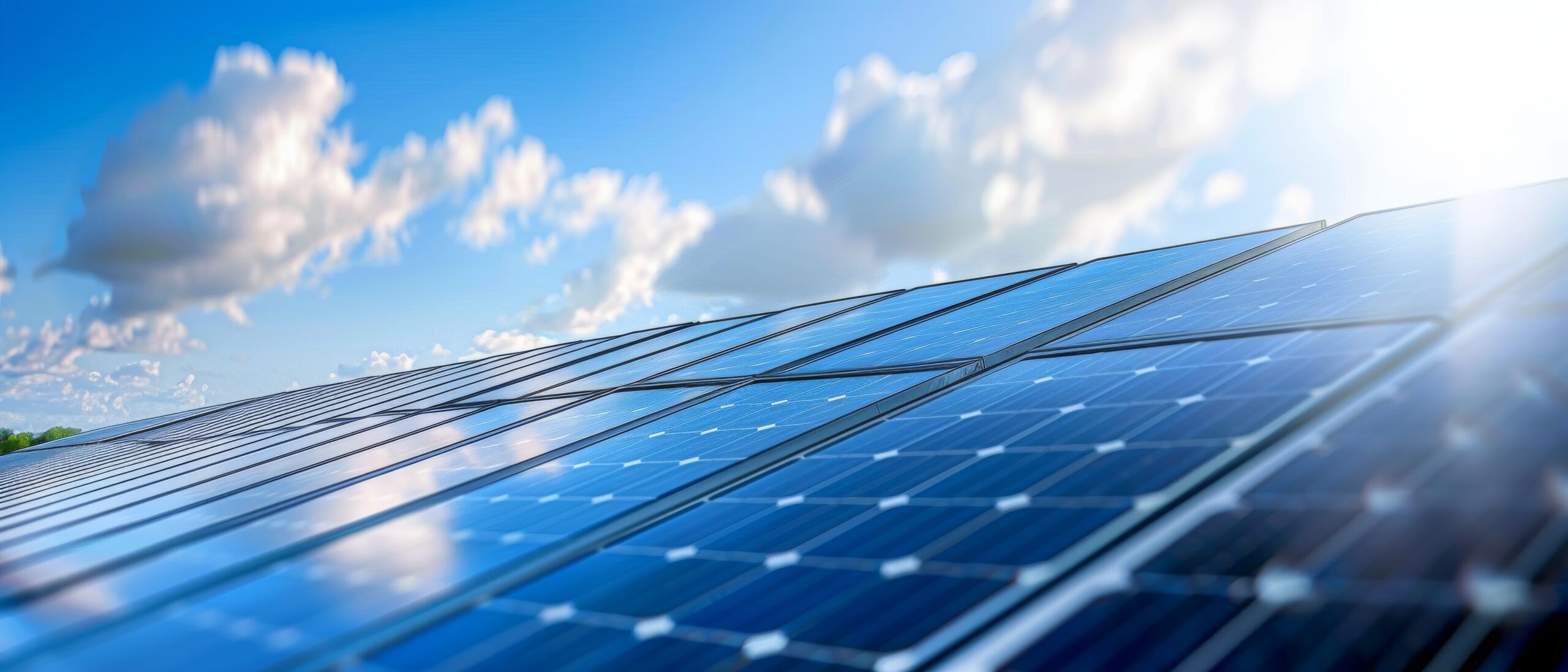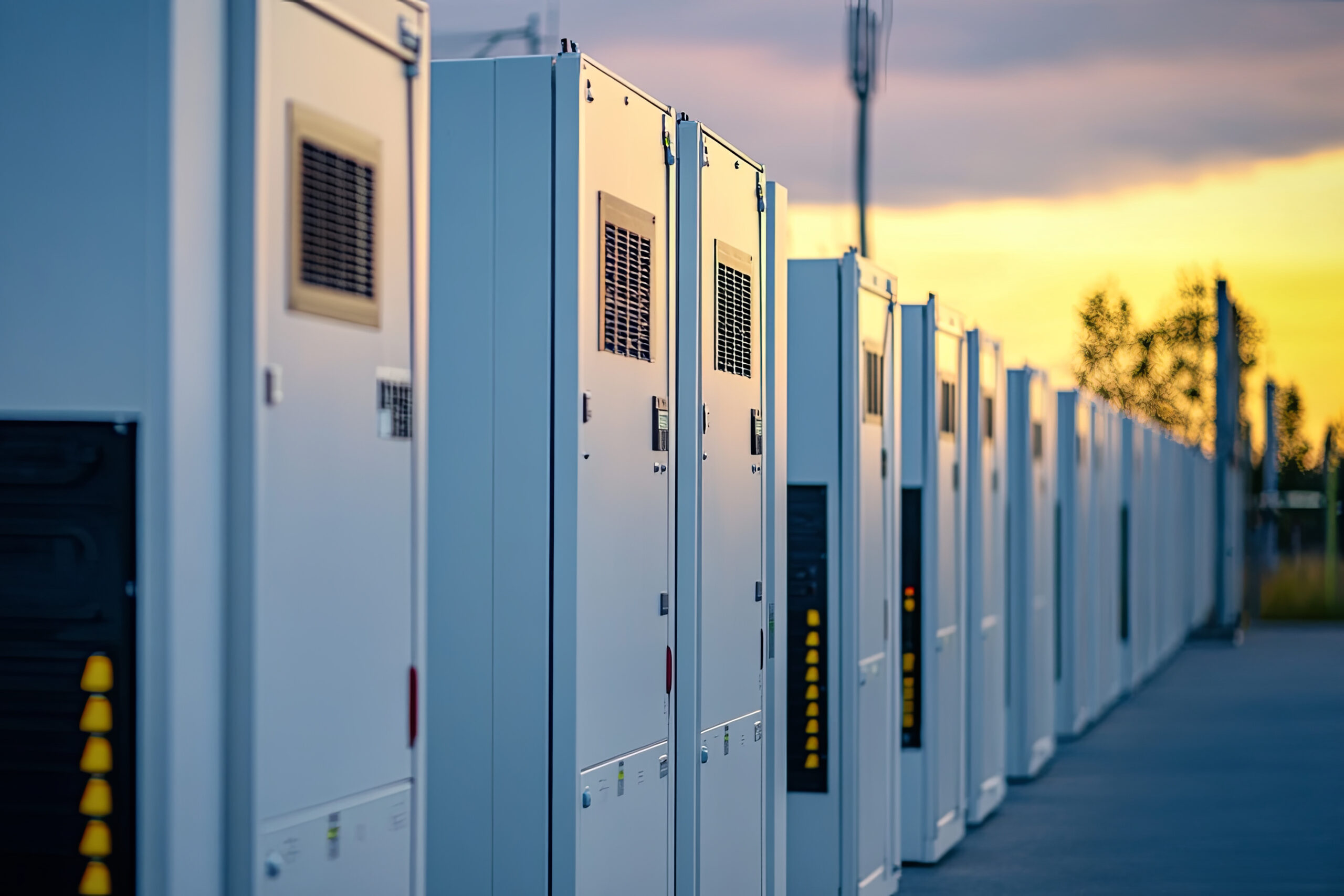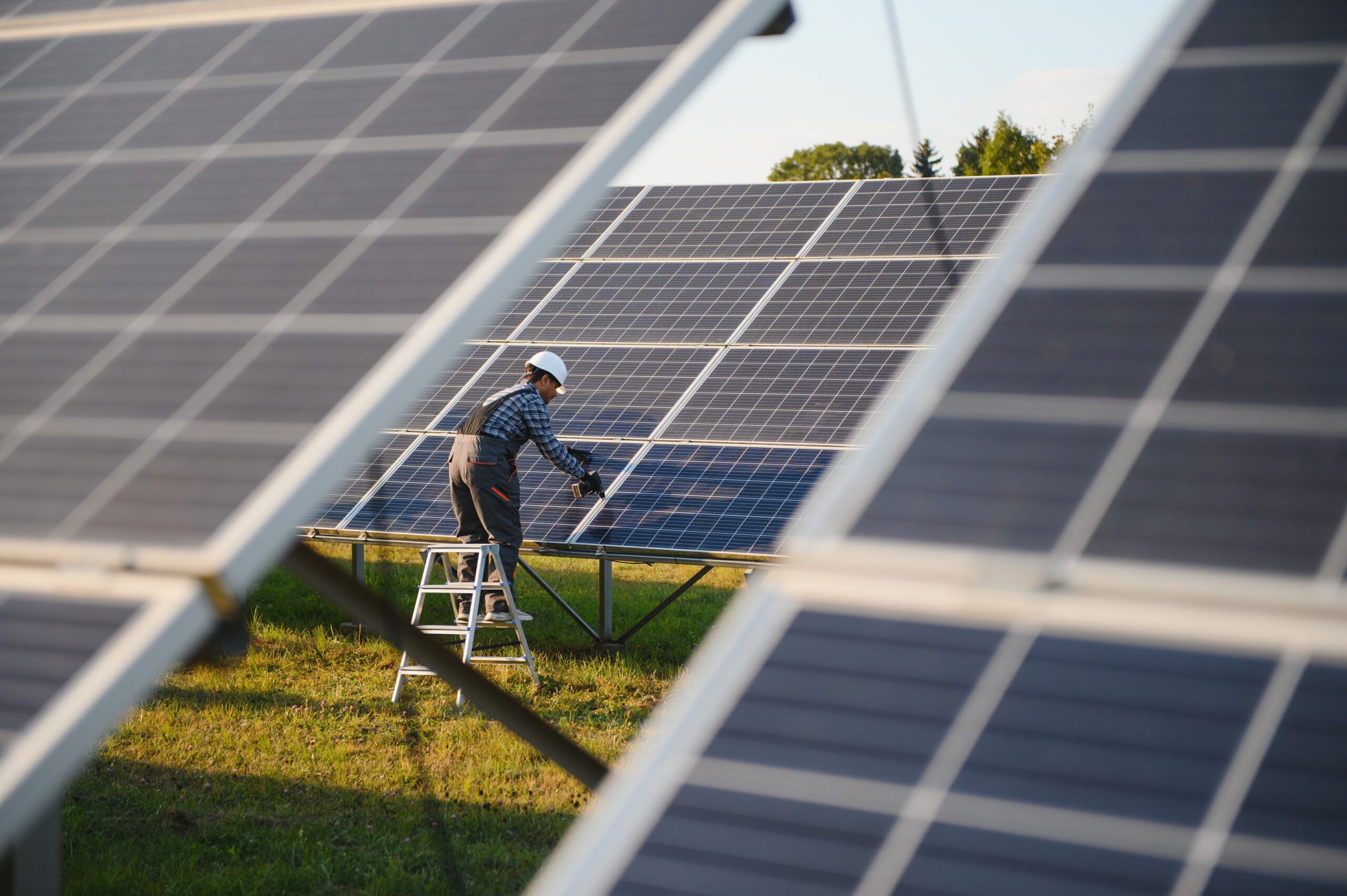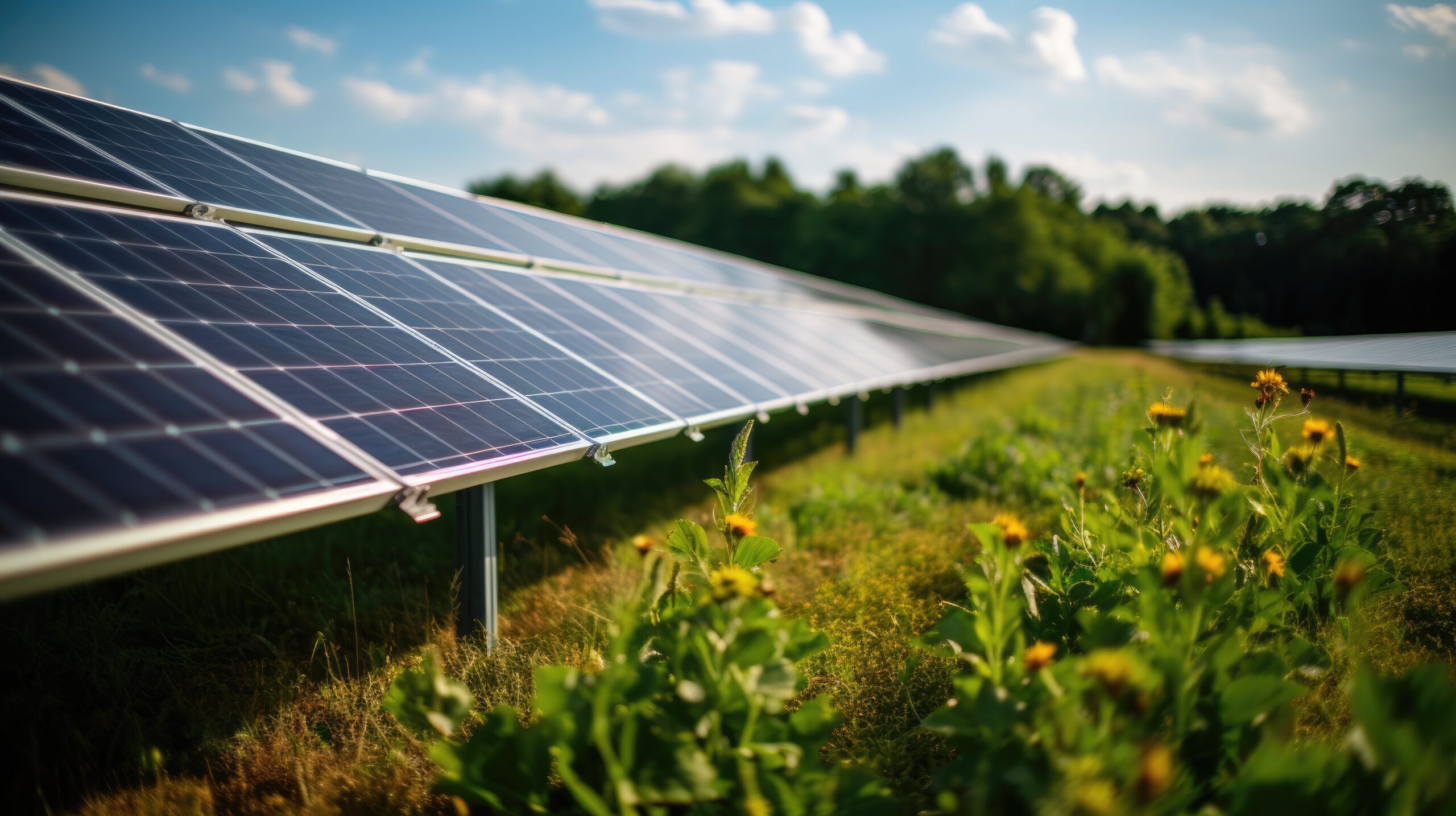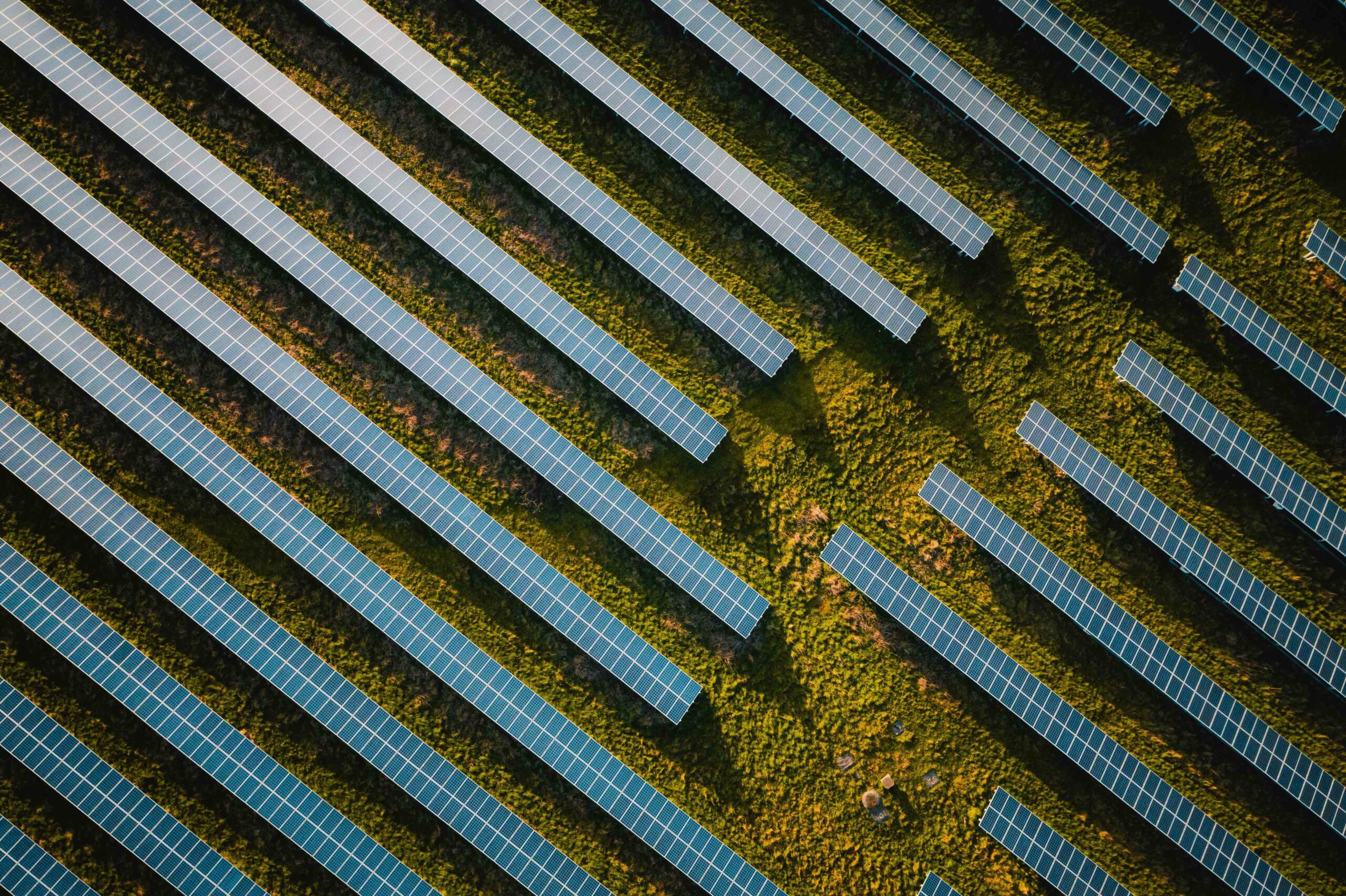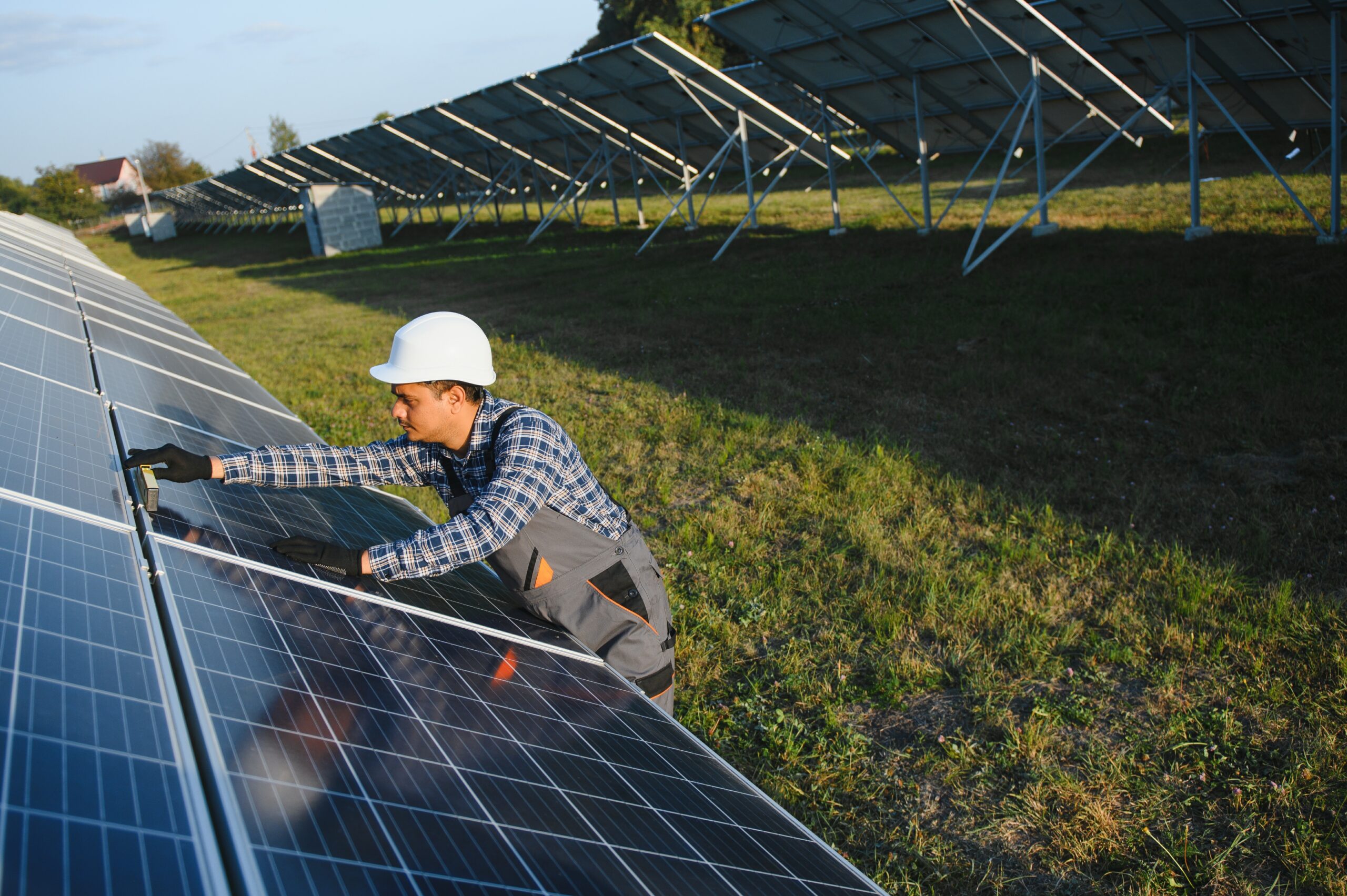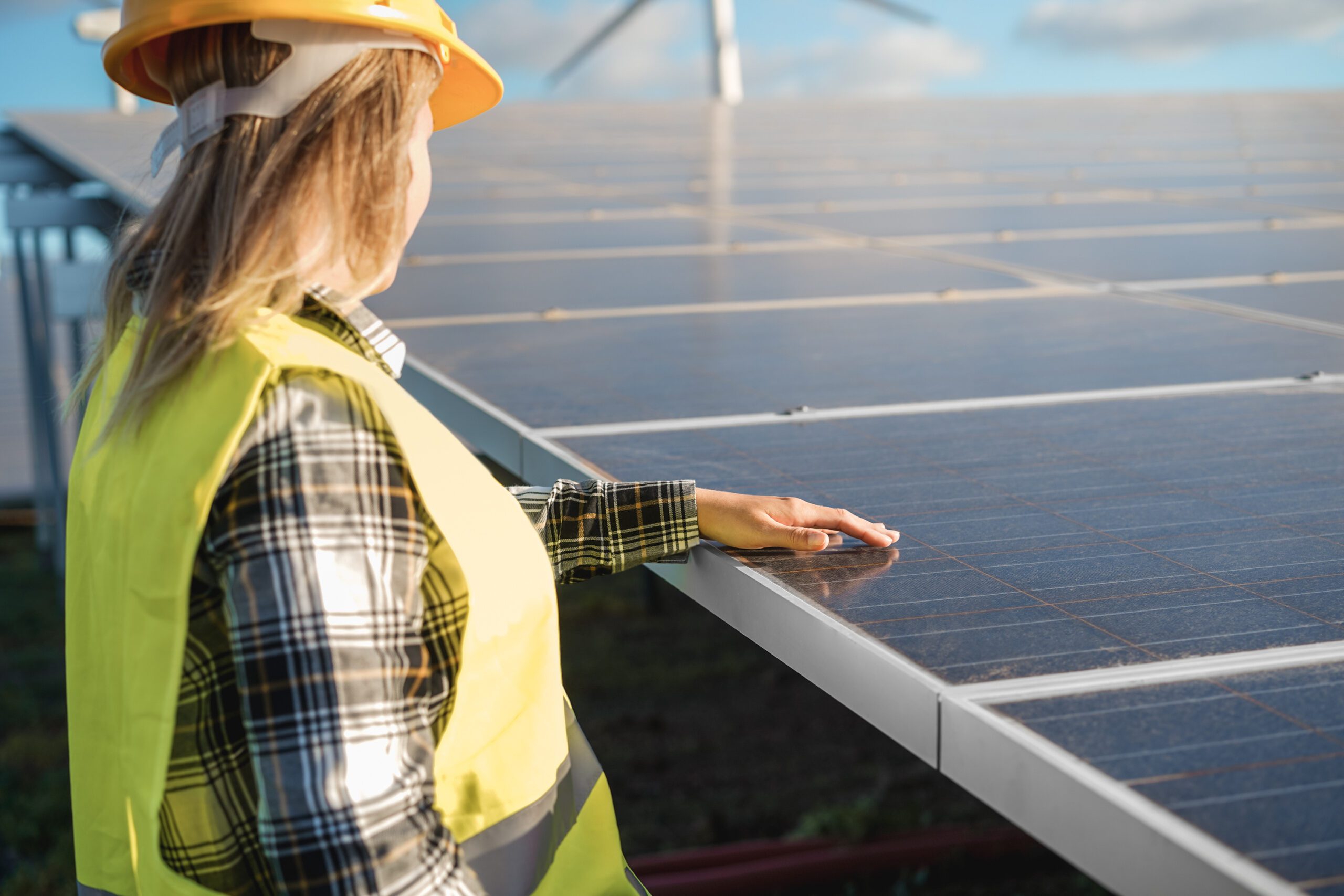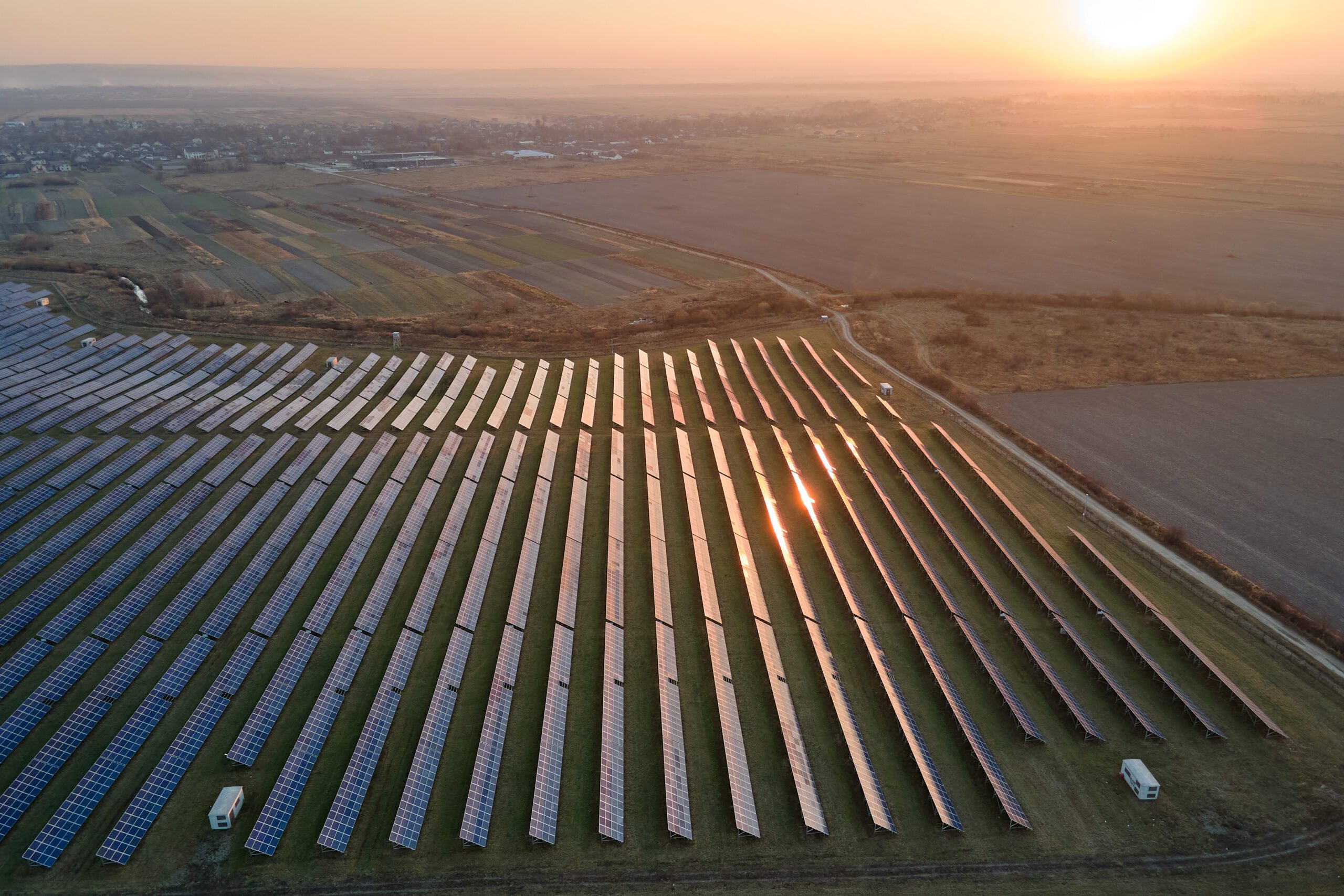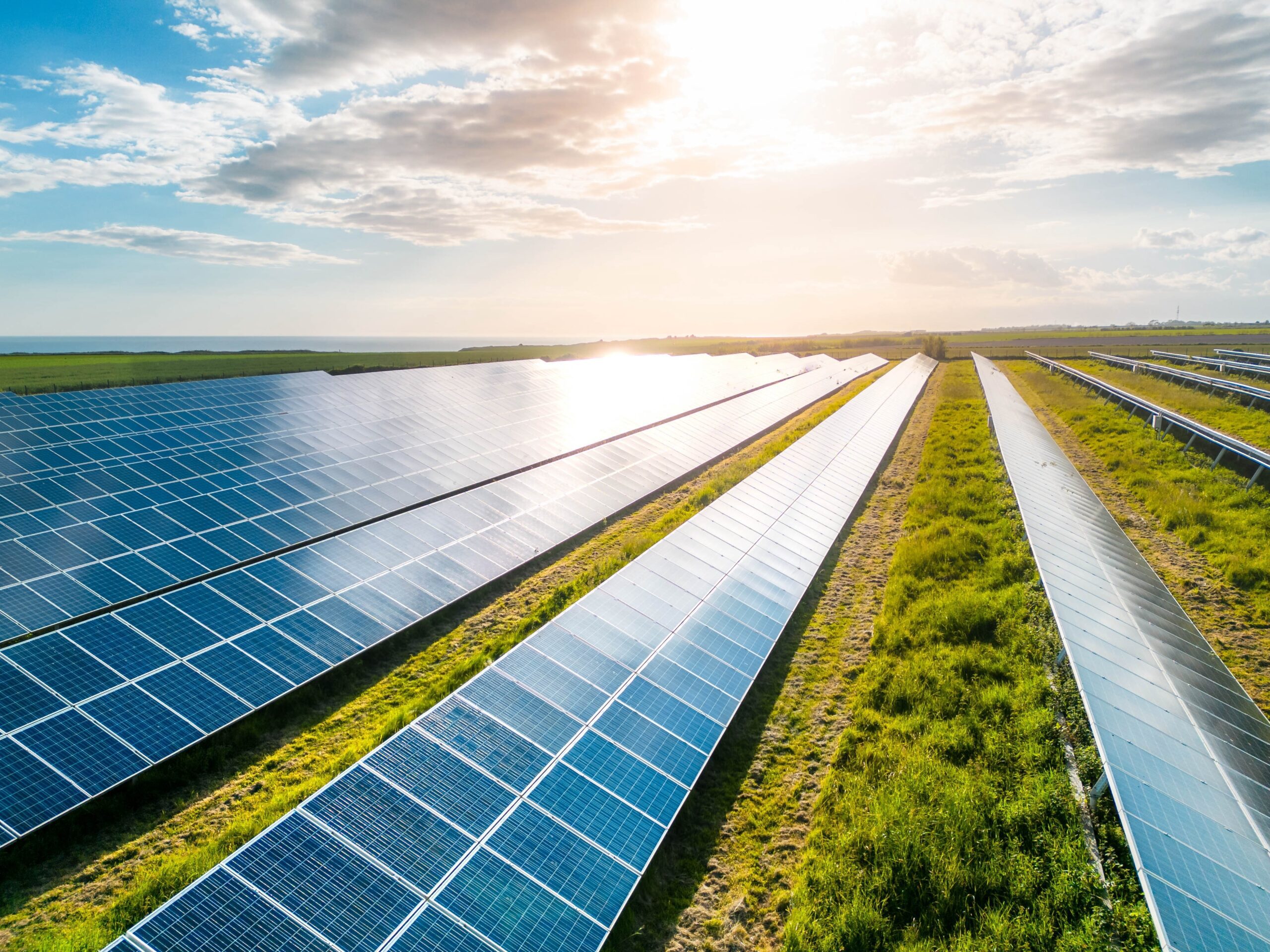At its core, an “All of the Above” energy approach supports expanding every form of American, home-grown energy: natural gas, solar, wind, geothermal, nuclear, and more. By investing in all resources, the U.S. can meet growing electricity demand, support the creation of new jobs, and lessen reliance on foreign imports.
For most of U.S. history, electricity demand grew at a predictable pace that allowed utilities to plan around gradual increases. However, we have entered an unprecedented era marked by rapid technological expansion driven by AI data centers and ongoing electrification of vehicles, heating systems, and industrial processes. All this has pushed grid demand to levels unseen before. The Electric Power Research Institute estimates that data centers alone could consume up to 9% of all U.S. electricity by 2030, which is double today’s usage. To put that in perspective, a new large data center requires the same amount of electricity needed to power 750,000 homes.


As reported in the above graphs by the U.S. Energy Information Administration, U.S. electricity sales are projected to rise sharply across sectors. By 2026, commercial electricity use is expected to increase by more than 200 billion kilowatt-hours, while industrial demand will add nearly 120 billion kilowatt-hours. Even residential use is projected to climb by about 50 billion kilowatt-hours.
On the supply side, utility-scale solar capacity is set to soar, adding 130 gigawatts by 2026, while battery storage adds another 45 gigawatts and wind adds about 35 gigawatts. By contrast, coal capacity is expected to shrink by more than 60 gigawatts over the same period.
Just as we have entered a new era of technology innovation, the U.S. must keep pace by entering a new era of energy policy. We must facilitate greater energy production from every source available. That includes pairing renewables, such as low-cost solar with battery storage, with traditional fuels to deliver abundant and reliable power.
In short, an “All of the Above” energy policy prioritizes domestic energy independence, lowers consumer costs through competition, and embraces innovation. It empowers communities and consumers to decide what energy sources are best suited for their own unique circumstances.


